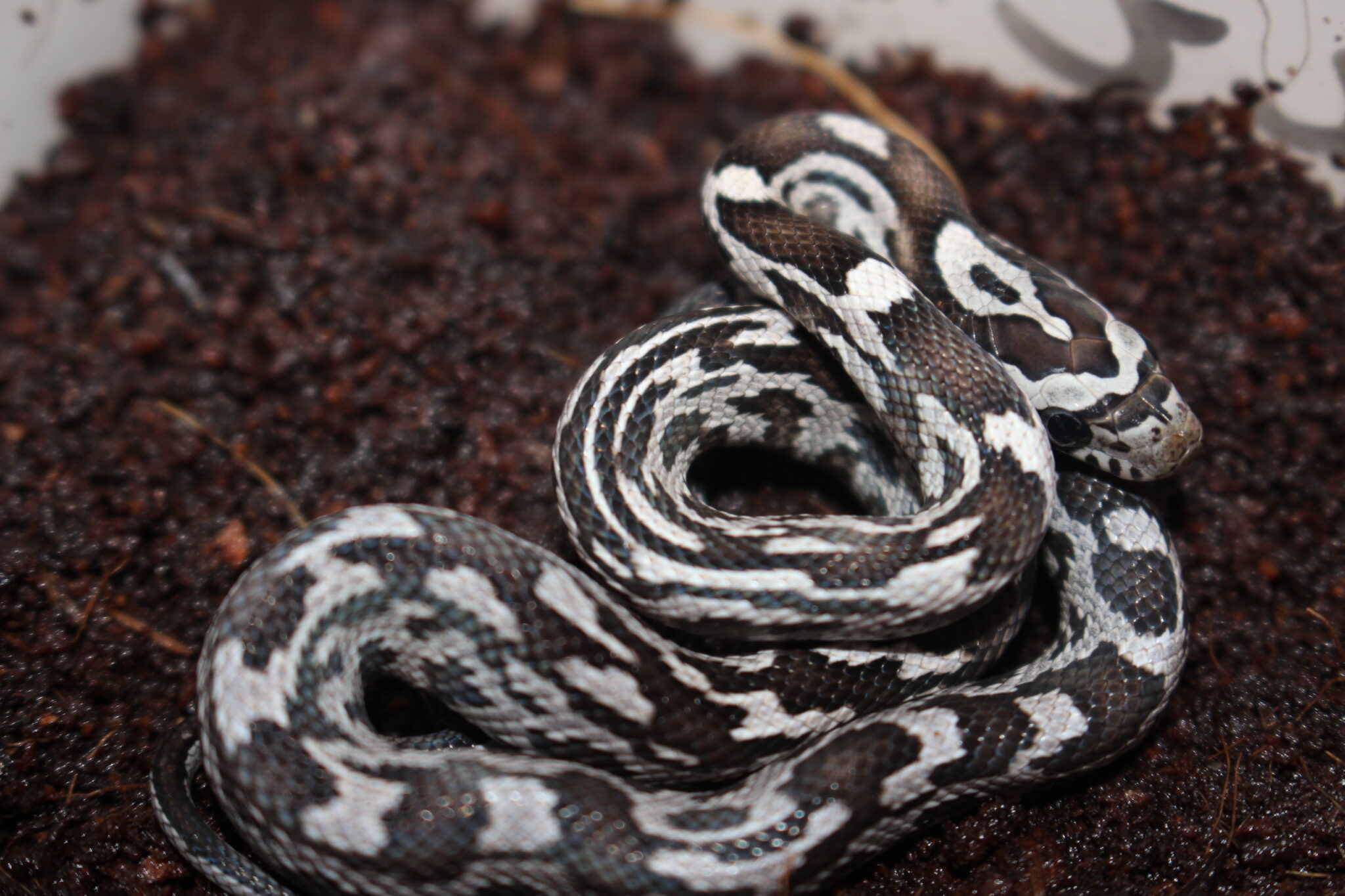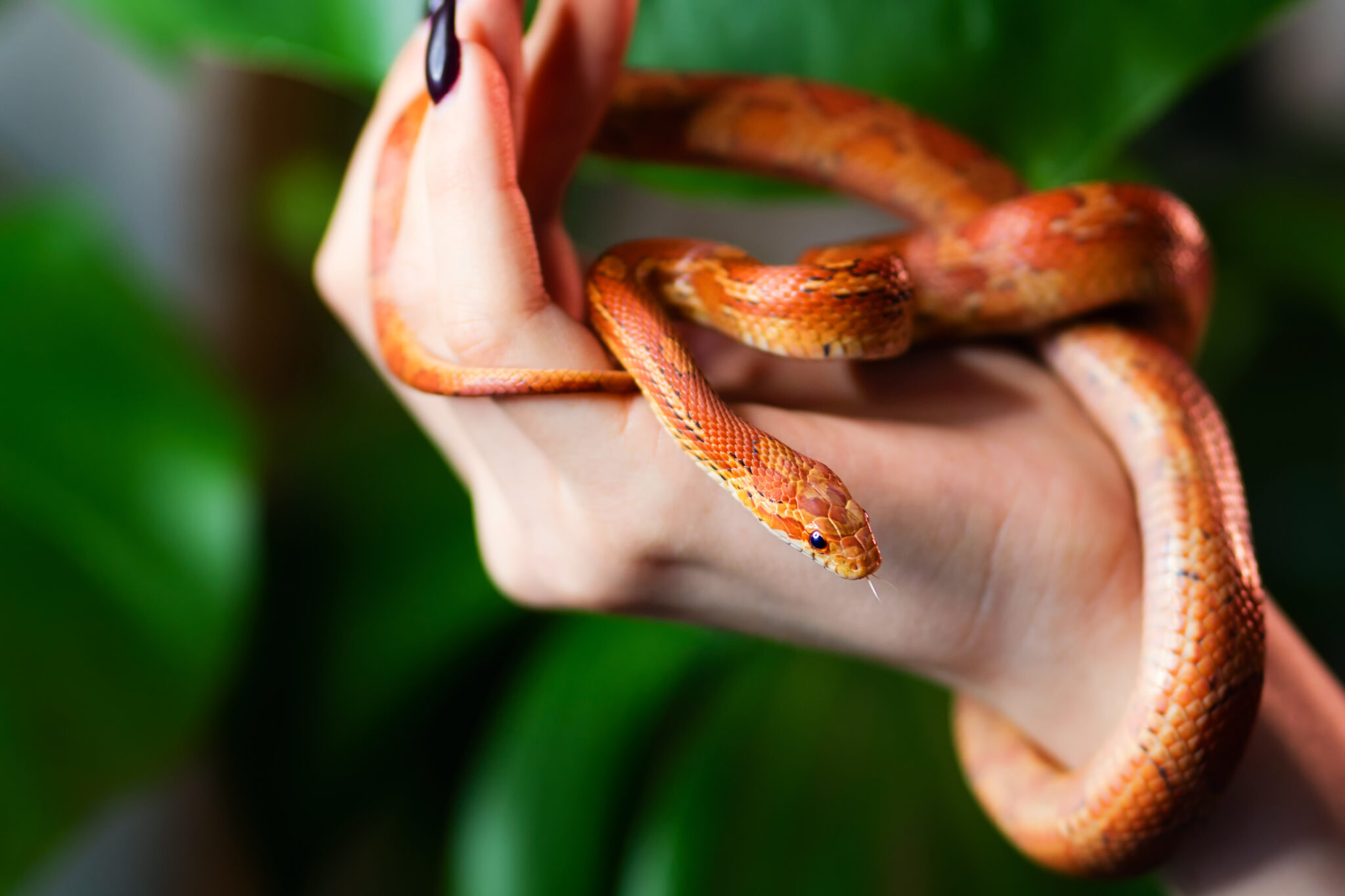
Mastering the Art of Handling: Strategies to Build Trust with Your Corn Snake
Strategies for Gentle and Effective Interaction
Introduction to Corn Snakes as Pets
Corn snakes, scientifically known asPantherophis guttatus, are popular reptile pets among enthusiasts and beginners alike. With their striking colors and docile nature, corn snakes have become a favorite choice for reptile enthusiasts. In this article, we will explore the various strategies to build trust with your corn snake and ensure a healthy and happy companionship.
Understanding the Behavior and Needs of Corn Snakes
Before diving into building trust, it is essential to understand the behavior and needs of corn snakes. Corn snakes are native to North America and are known for their non-aggressive and easy-going nature. They are primarily nocturnal creatures and are most active during the night. Understanding their natural behavior patterns and needs will help you create a suitable environment for your corn snake.
Corn snakes thrive in a temperature range of 75-85°F (24-29°C) during the day and slightly cooler temperatures of 70-75°F (21-24°C) at night. They require a humidity level of around 40-60%. Providing a suitable temperature gradient and maintaining proper humidity levels is crucial for their overall well-being.
Additionally, corn snakes are excellent climbers and need ample space to explore their surroundings. A spacious and secure enclosure with hiding spots and branches will help them feel secure and reduce stress.
Creating a Suitable Habitat for Your Corn Snake
Creating a suitable habitat for your corn snake is vital for its physical and mental well-being. The enclosure should be escape-proof and adequately sized for your corn snake’s growth. A 20-gallon tank is suitable for a juvenile corn snake, while a 40-gallon tank is recommended for an adult corn snake.

To mimic their natural habitat, provide a substrate such as aspen shavings or reptile carpet. Avoid using cedar or pine substrates as they can be toxic to corn snakes. Include cork bark and leaf litter. Place a water dish large enough for your snake to soak in and ensure it is always filled with clean water.
Offer hiding spots using artificial caves or logs, and provide branches or plants for climbing and exploring. It is essential to maintain a clean enclosure by regularly removing waste and sanitizing the habitat to prevent the growth of harmful bacteria.
Feeding and Nutrition for Your Corn Snake
Feeding your corn snake a balanced and nutritious diet is crucial for its overall health. In the wild, corn snakes primarily feed on small rodents such as mice and rats. As a pet owner, it is essential to provide a diet that closely resembles their natural food source.
For juvenile corn snakes, start with appropriately sized pinky mice and gradually increase the size as they grow. Adult corn snakes can be fed adult mice or small rats. It is recommended to feed your corn snake once every 5-7 days, ensuring the prey is not larger than the widest part of their body.
To ensure optimal nutrition, consider offering a variety of prey items such as mice, rats, and chicks. Occasionally, you can introduce thawed frozen prey to replicate natural feeding behaviors.
Handling and Socializing with Your Corn Snake
Handling and socializing with your corn snake is an important aspect of building trust and forming a bond. However, it is crucial to approach handling with care and respect for your snake’s comfort. Here are a few strategies to ensure a positive handling experience:
- Start slow: Begin by allowing your corn snake to get accustomed to your presence by placing your hand near the enclosure. Gradually introduce short handling sessions, starting with a few minutes and gradually increasing the duration.
- Supportive handling: When picking up your corn snake, support its body fully to provide a sense of security. Avoid sudden movements or squeezing, as this can cause stress or harm to your snake.
- Regular handling: Consistent handling sessions will help your corn snake become familiar with your scent and presence. This will build trust over time and make handling less stressful for both you and your snake.
- Respect their boundaries: It is important to respect your corn snake’s boundaries and recognize when they are not in the mood for handling. If your snake exhibits signs of stress, such as hissing or trying to escape, it is best to give them some space and try again later.
Remember, each corn snake has its own personality and comfort level with handling. Patience and respect are key to developing a strong bond and trust with your pet.
Common Health Issues and How to Prevent Them
Ensuring the health and well-being of your corn snake is a top priority. Here are some common health issues that corn snakes may encounter and how to prevent them:
- Respiratory infections: Respiratory infections can occur due to improper temperature or humidity levels. To prevent this, maintain the recommended temperature and humidity range and provide proper ventilation in the enclosure.
- Parasites: External and internal parasites can affect corn snakes. Regularly check your snake for signs of parasites such as mites or ticks. Quarantine any new additions to your snake collection to prevent the spread of parasites.
- Shedding issues: Corn snakes shed their skin periodically. If your snake has difficulty shedding, ensure the humidity levels are adequate and provide a moist hide to aid the shedding process.
- Obesity: Overfeeding can lead to obesity in corn snakes, which can result in various health issues. Follow a proper feeding schedule and monitor the weight of your snake to prevent obesity.
Regular veterinary check-ups are essential to catch any potential health issues early on. If you notice any abnormal behavior, changes in appetite, or signs of illness, consult a reptile veterinarian for proper diagnosis and treatment.

Building Trust with Your Corn Snake
Building trust with your corn snake is a gradual process that requires patience and consistency. Here are some strategies to help build trust and strengthen your bond:
- Respect their space: Allow your corn snake time to adjust to its new environment without the pressure of handling. Observe them from a distance and avoid sudden movements or loud noises that may startle them.
- Positive association: Associate yourself with positive experiences by offering food during handling sessions. This will create a positive association with your presence and help your corn snake feel comfortable.
- Hand feeding: Once your corn snake is comfortable with your presence, try hand-feeding them. Use tongs to offer food, allowing your snake to strike and consume the prey. This will help build trust and create a bond between you and your snake.
- Gentle touch: As your corn snake becomes more comfortable, try gently stroking their body during handling sessions. Start with short strokes and gradually increase the duration. Always be mindful of your snake’s body language and adjust accordingly.
Remember, trust-building takes time, and each corn snake will progress at its own pace. Be patient, consistent, and respectful of their boundaries to foster a strong bond.
Training and Enrichment Activities for Your Corn Snake
While corn snakes may not be as trainable as dogs or cats, they can still benefit from certain enrichment activities. These activities provide mental stimulation and help prevent boredom. Here are some ideas to keep your corn snake engaged:
- Environmental enrichment: Introduce new objects or rearrange the enclosure periodically to provide a change in the environment. This will keep your snake curious and engaged.
- Scent enrichment: Place objects with different scents, such as herbs or non-toxic plants, in the enclosure. This will stimulate your snake’s sense of smell and provide sensory enrichment.
- Sensory experiences: Offer different textures for your corn snake to explore, such as branches, rocks, or textured hides. This will provide sensory stimulation and mimic their natural environment.
- Target training: Although not as comprehensive as dog training, you can train your corn snake to recognize a target stick for positive reinforcement. This can be useful for guiding your snake during handling or enclosure maintenance.
Remember to always prioritize your snake’s safety and well-being during training and enrichment activities. Observe their response and adjust accordingly to ensure a positive experience.
Frequently Asked Questions about Corn Snakes as Pets
- Are corn snakes good pets?
Yes, corn snakes make excellent pets, especially for beginner reptile enthusiasts. They are docile, easy to care for, and have a relatively long lifespan of 15-20 years.
- How big do corn snakes get?
Corn snakes can reach an average length of 4-6 feet when fully grown, although some individuals may grow slightly larger.
- How do I handle a full-grown corn snake?
When handling a full-grown corn snake, remember to fully support its body and avoid sudden movements. Take your time to ensure a comfortable and secure grip.
- What do corn snakes eat?
In captivity, corn snakes primarily eat small rodents such as mice and rats. The size of the prey should be appropriate for the snake’s size, and feeding should be done once every 5-7 days.

Conclusion: The Joys and Responsibilities of Owning a Corn Snake
Owning a corn snake can be a rewarding experience filled with joy and wonder. By understanding their behavior, providing a suitable habitat, and building trust through proper handling and care, you can establish a strong bond with your corn snake companion.
Remember that owning a corn snake is a long-term commitment, and it is essential to provide them with a loving and enriching environment. With proper care and attention, your corn snake can become a cherished member of your family.
So, embark on this incredible journey of corn snake ownership, and enjoy the wonders of the reptile world!
CTA: If you’re considering a corn snake as a pet or already have one, share your experiences and tips in the comments section below. Let’s build a community of corn snake enthusiasts!

